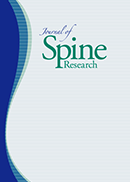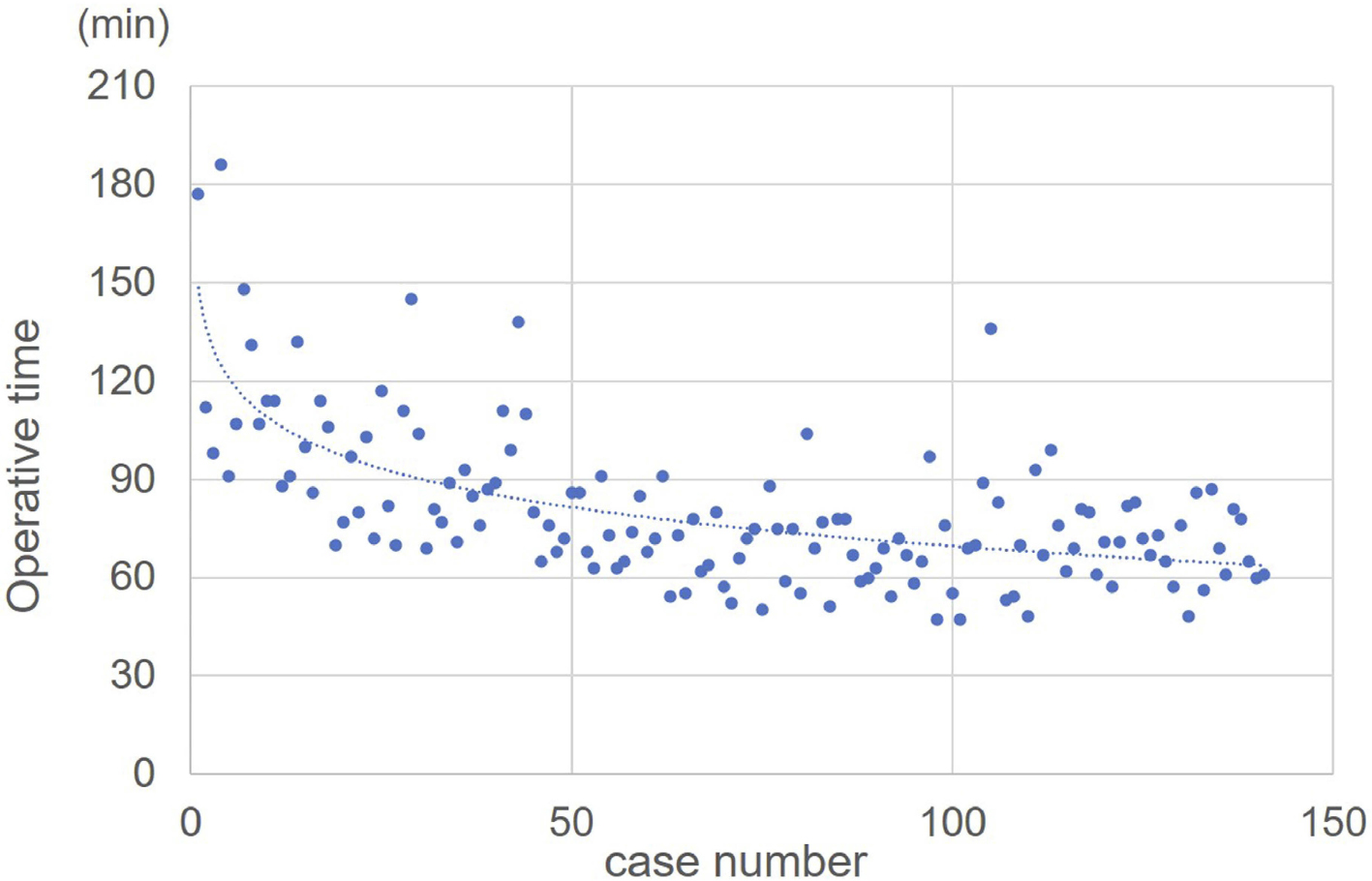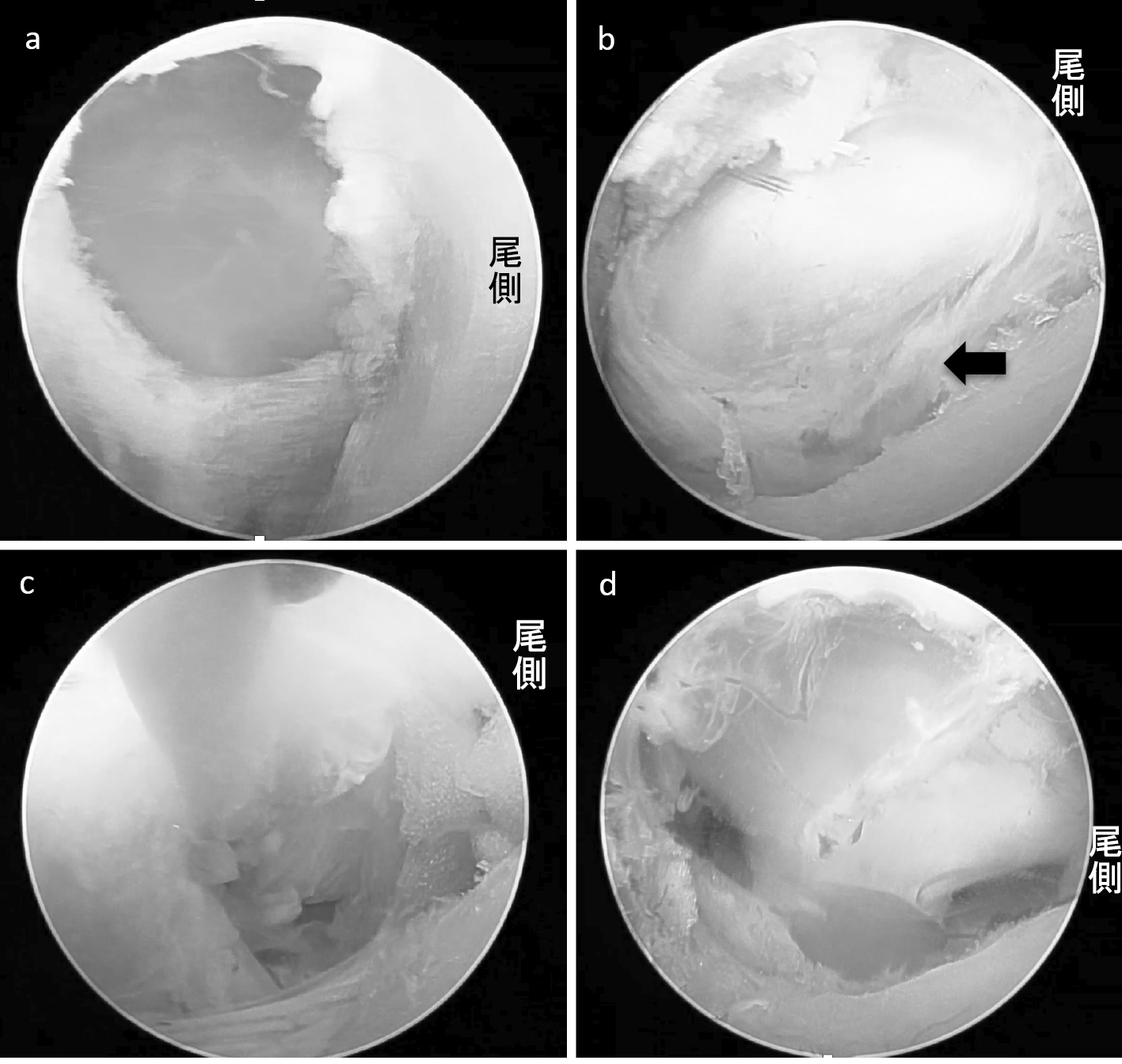Volume 12, Issue 8
Displaying 1-11 of 11 articles from this issue
- |<
- <
- 1
- >
- >|
Original Article
-
2021Volume 12Issue 8 Pages 1018-1024
Published: August 20, 2021
Released on J-STAGE: August 20, 2021
Download PDF (1636K) -
2021Volume 12Issue 8 Pages 1025-1029
Published: August 20, 2021
Released on J-STAGE: August 20, 2021
Download PDF (947K) -
2021Volume 12Issue 8 Pages 1030-1034
Published: August 20, 2021
Released on J-STAGE: August 20, 2021
Download PDF (769K) -
2021Volume 12Issue 8 Pages 1035-1039
Published: August 20, 2021
Released on J-STAGE: August 20, 2021
Download PDF (1006K) -
2021Volume 12Issue 8 Pages 1040-1046
Published: August 20, 2021
Released on J-STAGE: August 20, 2021
Download PDF (1452K) -
2021Volume 12Issue 8 Pages 1047-1052
Published: August 20, 2021
Released on J-STAGE: August 20, 2021
Download PDF (1476K) -
2021Volume 12Issue 8 Pages 1053-1059
Published: August 20, 2021
Released on J-STAGE: August 20, 2021
Download PDF (1196K) -
2021Volume 12Issue 8 Pages 1060-1066
Published: August 20, 2021
Released on J-STAGE: August 20, 2021
Download PDF (1934K) -
2021Volume 12Issue 8 Pages 1067-1073
Published: August 20, 2021
Released on J-STAGE: August 20, 2021
Download PDF (1247K) -
2021Volume 12Issue 8 Pages 1074-1080
Published: August 20, 2021
Released on J-STAGE: August 20, 2021
Download PDF (1407K)
Case Report
-
2021Volume 12Issue 8 Pages 1081-1085
Published: August 20, 2021
Released on J-STAGE: August 20, 2021
Download PDF (1125K)
- |<
- <
- 1
- >
- >|











